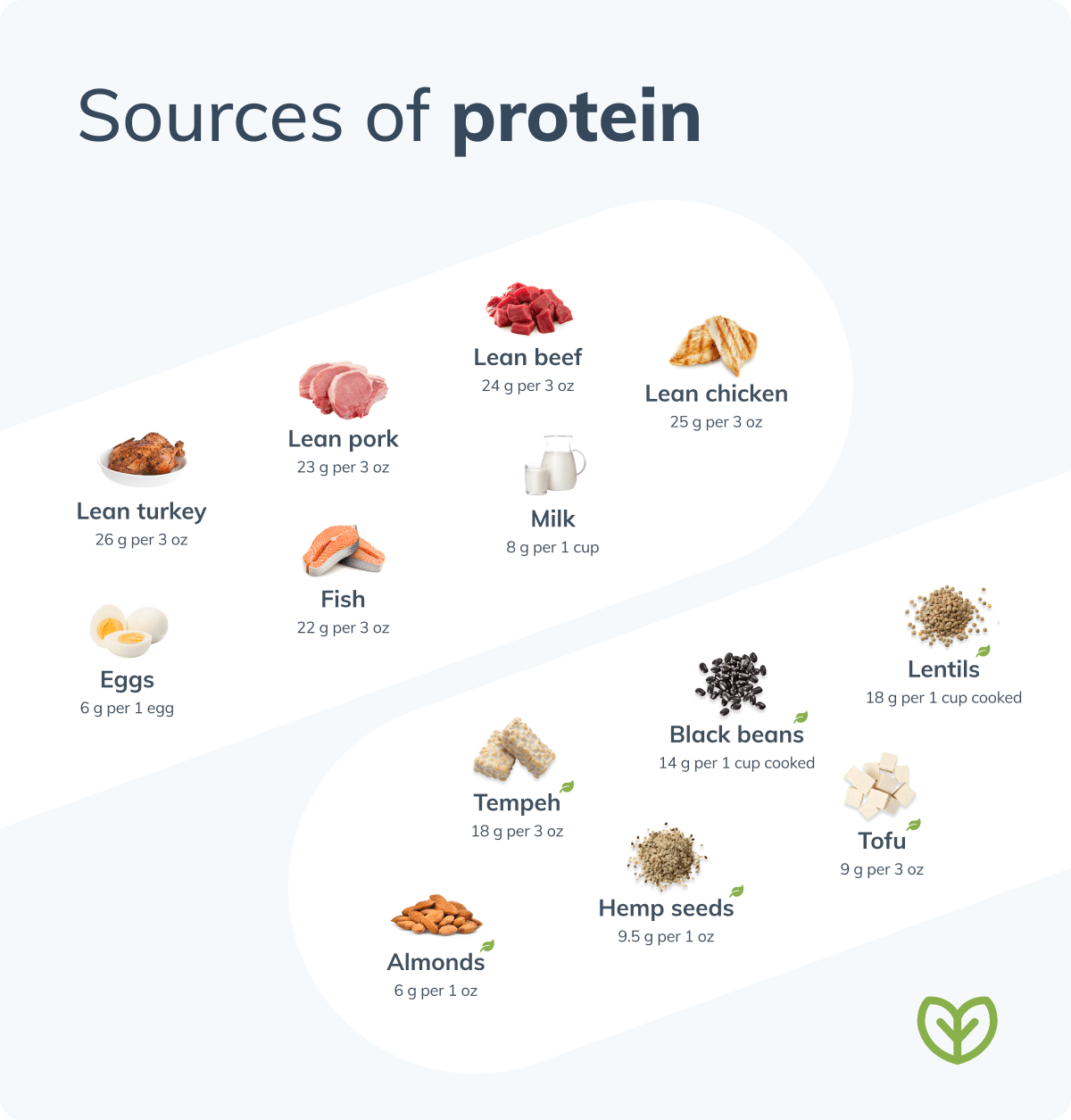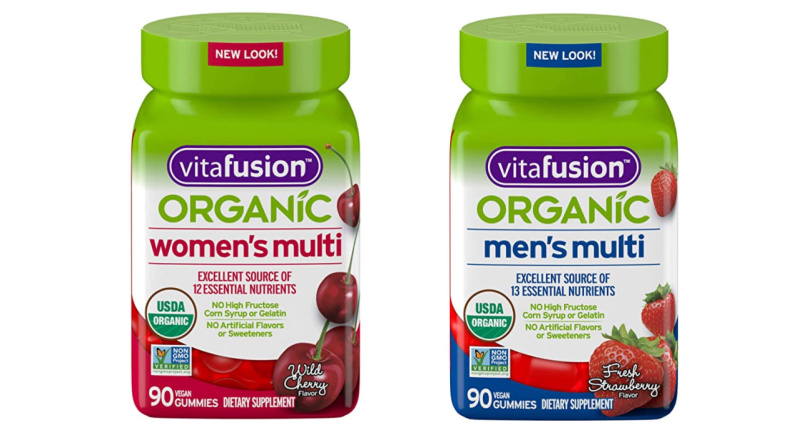
Using the macrobiotics diet is a great way to prevent illness and maintain a healthy body. The macrobiotics diet focuses on whole, natural foods and does not include processed or added sugar. It encourages restorative activity. This diet encourages healthy eating by consuming vegetables, whole grains and legumes as well as fruits and nuts. It promotes a positive mental outlook. Its benefits include preventing suffering and disease, and saving money on medical expenses.
The American Cancer Society states that a plant-based diet can reduce the risk for certain cancers, such as heart disease. It also provides minerals, complex carbohydrates, and fiber. Macrobiotic Diet Plan helps you to overcome obesity, diabetes, fibromyalgia and arthritis. The Macrobiotic Diet Plan is based on Zen Buddhism's philosophy and emphasizes a holistic approach towards health.
Although the American Cancer Society doesn’t promote macrobiotics, it does acknowledge the value of this diet. Nutrition experts are supportive of the diet and recommend that it be used in conjunction with professional medical advice. Effectiveness requires consideration of many variables. When designing a macrobiotics meal plan, it is important to consider factors such as gender, age, physical activity, location, and other variables. The diet is flexible, and can be adjusted according to personal preference.

The macrobiotics diet includes whole grains, whole wheat, vegetables, fruits, legumes, nuts, seeds, and sea vegetables. It does not include meats, fish or refined sugar. It also suggests that you eat less than the recommended daily amount and to stop before you feel full. It encourages you to drink plenty of water, and to eat when you're hungry.
Macrobiotics, a holistic approach to health, focuses on the individual as well the environment. It encourages awareness, knowledge and freedom. It emphasizes the importance of eating local foods and respecting the environment. Macrobiotics may be used to improve our cooking skills and our perception of food.
Macrobiotics, a philosophy that promotes whole foods and organic processing, is one example. The foods provide high quality nutrients, and the natural preparation of ingredients enhances their taste. This type of diet also promotes an even blood sugar level, which makes it easier to lose weight.
The Macrobiotic diet also focuses on eating locally. Locally grown foods are those which have survived the centuries and are adapted to their climate. It also emphasizes the consumption of foods that are minimally processed. It encourages the consumption of fresh fruits, vegetables, and other natural foods. The diet suggests that spicy or high-inflammation foods be avoided.

The macrobiotics diet encourages you to eat foods rich in vitamins, calcium, iron, or both. It is also high in proteins. It also recommends that you avoid sugar, processed foods, artificial colours and flavors, as well as very spicy foods. It encourages drinking plenty of water, and only eating when you're hungry.
The macrobiotics diet is based upon the idea that all living things have a life force and can be used to unite seemingly opposing entities. It can even transform unhappiness into joy.
FAQ
Which lifestyle is best for your health?
A healthy lifestyle means eating healthy foods, exercising regularly, sleeping well, and avoiding stress. You will live a long and happy life if you adhere to these guidelines.
Small changes to your diet or exercise routine can help you start losing weight. If you're looking to lose weight, walk for 30 minutes each morning. For more activity, you can try swimming or dancing. An online fitness program, such as Strava and Fitbit, can help you track your activity.
How can my blood pressure be controlled?
The first thing you need to do is find out what causes high blood pressure. Next, take steps that will reduce the risk. This could include eating less salt, losing weight if necessary, taking medication, etc.
You also need to make sure you are getting enough exercise. Try walking if you don’t find the time.
If you are unhappy about how much exercise you do, you might consider joining a fitness club. It's likely that you will want to join a gym with other people who are working towards the same goals as you. It's much easier to follow a routine if someone is with you at the gym.
How can I get enough vitamins
Your diet can provide most of your daily requirements. Supplements can be beneficial if you are missing a specific vitamin. You can take a multivitamin supplement that contains all the vitamins you need. You can also buy individual vitamins at your local pharmacy.
If you are concerned about getting enough nutrients, talk to your doctor about what foods contain the best sources of vitamins. Dark green leafy vegetables like spinach, broccoli and kale, as well as turnip greens and mustard greens such as turnip and mustard greens and bok choy, are rich in vitamins K & E.
If you are not sure how much vitamin you should be consuming, ask your doctor. He or she will recommend the appropriate dosage based on your medical history and current health status.
What is the problem with BMI?
BMI is the acronym for Body Mass Index. It measures body fat based upon height and weight. This formula calculates BMI.
Weight in kilograms divided by height in meters squared.
The result is expressed using a number from 1 to 25. Scores between 0 and 25 indicate obesity. Scores higher than 18.5 are considered overweight. Scores higher than 23 are considered obese.
A person who is 100kg and 1.75m tall will have a 22 BMI.
Exercise: Good or Bad for Immunity?
Exercise is good to your immune system. Your body creates white blood cells, which are immune-boosting and fight infection. You can also eliminate toxins from the body. Exercise can help prevent heart disease and cancer. It also reduces stress levels.
But too much exercise can damage your immune system. When you exercise too hard, your muscles will become sore. This causes inflammation and swelling. To fight infection, your body will produce more antibodies. The problem is that these extra antibodies can cause allergies and autoimmune disorders.
So, don't overdo it!
What is the best way to eat?
Many factors influence which diet is best for you. These include your gender, age and weight. You also need to consider how much energy you expend during exercise, whether you prefer low-calorie foods, and if you enjoy eating fruits and vegetables.
If you are trying to lose weight, then you may want to try intermittent fasting. Intermittent fasting is a way to eat only certain meals during the day instead of three large meals. You might find this way to be more beneficial than traditional diets, which have daily calorie counts.
Research suggests that intermittent fasting may increase insulin sensitivity and reduce inflammation. This can result in improved blood sugar levels as well as a lower risk of developing diabetes. Some research also suggests that intermittent fasting might promote fat loss, and improve overall body composition.
Take herbs and other supplements to improve your immunity
To boost immunity function, herbs and natural remedies are available. Some common examples include garlic, ginger, oregano oil, echinacea, ginkgo biloba, and vitamin C.
These herbal remedies shouldn't be used to replace traditional medical treatment. Side effects include nausea, dizziness and stomach cramps.
Statistics
- In both adults and children, the intake of free sugars should be reduced to less than 10% of total energy intake. (who.int)
- The Dietary Guidelines for Americans recommend keeping added sugar intake below 10% of your daily calorie intake, while the World Health Organization recommends slashing added sugars to 5% or less of your daily calories for optimal health (59Trusted (healthline.com)
- nutrients.[17]X Research sourceWhole grains to try include: 100% whole wheat pasta and bread, brown rice, whole grain oats, farro, millet, quinoa, and barley. (wikihow.com)
- WHO recommends reducing saturated fats to less than 10% of total energy intake; reducing trans-fats to less than 1% of total energy intake; and replacing both saturated fats and trans-fats to unsaturated fats. (who.int)
External Links
How To
What does the term "vitamins" mean?
Vitamins are organic compounds that can be found in foods. Vitamins allow us to absorb nutrients from food. Vitamins are not made by the body, so they must be obtained through food.
There are two types vitamins: water soluble or fat soluble. Water-soluble vitamins dissolve in water easily. Vitamin C,B1(thiamine), B2 (2riboflavin), and B3 (3niacin), as well as vitamin C,B1, B2 (riboflavin), and B3 (niacin), vitamin B6 (pyridoxine), vitamin folic acid (biotin), pantothenic, and choline are examples. Fat-soluble vitamins are stored within the liver and in fatty tissue. Vitamin D, E, K and A are some examples.
Vitamins are classified based on their biological activity. There are eight major vitamin groups:
-
A – Essential for normal growth, and the maintenance of good health.
-
C is important for nerve function and energy production.
-
D - essential for healthy teeth and bones.
-
E - required for good vision & reproduction.
-
K - Essential for healthy muscles and nerves.
-
P - essential for strong bones, teeth and tendons
-
Q - aids digestion and absorption of iron.
-
R - necessary for making red blood cells.
The recommended daily intake (RDA), of vitamins varies with age, gender and physical conditions. The U.S. Food and Drug Administration has established the RDA values.
For adults over 19 years, the RDA is 400 mg per day for vitamin A. Pregnant women require 600 micrograms daily to support fetal development. Children ages 1-8 require 900 micrograms per day. Children under 1 year old require 700 micrograms daily, while infants over one year old need 500 micrograms every day. This decreases between 9 and 12 months.
Children aged 1-18 require 800 micrograms of sugar per day, while those who weigh more than 1200 need 1000. For their nutritional needs, underweight children need 1200 mg per day.
Children between 4-8 years of age who have been diagnosed by anemia must consume 2200 micrograms daily of vitamin C.
2000 micrograms is the minimum daily intake for general health in adults older than 50 years. Because of their higher nutrient needs, women who are pregnant or nursing need 3000 mg per day.
1500 micrograms is the recommended daily intake for adults aged 70+, as they lose 10% of their muscle every ten years.
Women who are pregnant or lactating need more than the RDA. Pregnant and breastfeeding women require 4000 micrograms each day during pregnancy and 2500 Micrograms each day after birth. Breastfeeding mothers require 5000 micrograms daily when breast milk production is occurring.